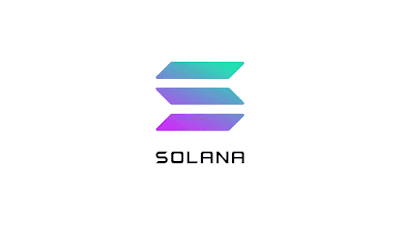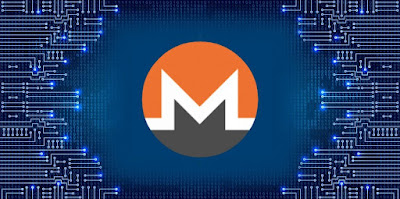Solana (SOL)
SOL is used in two ways:
Pay for transaction fees: Though Solana's fees are supposed to be cheaper than those of other cryptocurrencies, it still charges a fee to send transactions or run smart contracts, the blockchain-based computer programs that cut out intermediaries from digital transactions. Smart contracts are the building blocks of more complicated apps on Solana, such as finance apps or apps for music streaming.
Staking: Like many other blockchains, Solana is secured through a consensus mechanism. People who want to help secure the cryptocurrency by being a "validator," can "stake" some of their SOL, or lock it up to secure the network and earn money while doing so.
Solana is an inflationary cryptocurrency with no hard cap on the total number of tokens. It has a starting annual inflation rate of 8%, which will decrease by 15% every year until it reaches 1.5%, which will be the fixed long-term rate.
Thirty-seven percent of the SOL tokens that were initially distributed went to investors, 25% was split between Solana's team and the Solana Foundation, the nonprofit steering development of the cryptocurrency, and 38% was sent to Solana Foundation's community fund reserve.
After the launch of SOL in March 2020, SOL's price bounced between $0.50 and $1.50 for the rest of the year. Then, SOL became one of the top-performing assets amid the crypto bull run in 2021, as its price hit $55.91 by May 2021. Though it dipped to as low as $23.49 in July 2021, SOL's price surged again in the second half of the year, hitting its all-time high of $258.93 in November 2021.
How Solana works
Solana is best known as a competitor to Ethereum, the second-largest blockchain project by market capitalization. Like Ethereum, Solana offers a way to build decentralized applications, which are similar to normal apps like Twitter and Robinhood, but with the help of blockchains, they strip away intermediaries.
One of the key problems with Ethereum is that it's expensive to execute programs. Ethereum has been building "layer 2" technologies to get around that problem.
Solana aims to fix the scalability issues with what it claims is an improved underlying infrastructure that offers faster and cheaper transactions.
Cryptocurrencies are decentralized, with many distributed entities running the required infrastructure. Most cryptocurrencies use what's known as a "consensus mechanism" to tie all of these components together so that they agree which transactions are valid and which aren’t.
In order to accomplish that, Solana uses proof-of-stake, a popular consensus mechanism that's supposed to be more eco-friendly than Bitcoin's proof-of-work method. "Validators," tasked with ensuring transactions are valid, are chosen based on how many SOL tokens they own. But Solana's version of proof-of-stake has a twist. Solana's "core advancement," according to Solana's founder, is "proof-of-history." This refers to a method of proving that an event happened at a particular time. Proof-of-history aims to speed up the process of ordering transactions in a blockchain, which is integral to the system's security.
However, it's worth noting that some are skeptical of the security of alternatives to proof-of-work, because they might lead to a less decentralized system.



Comments
Post a Comment